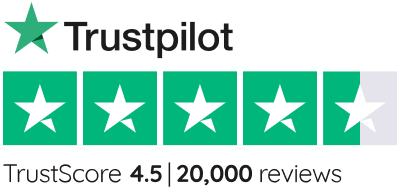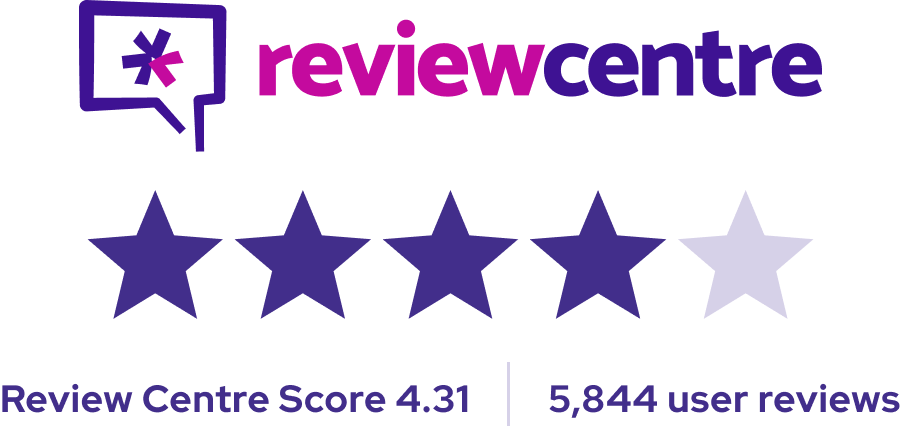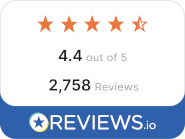Liz Clements: Home Illustrator
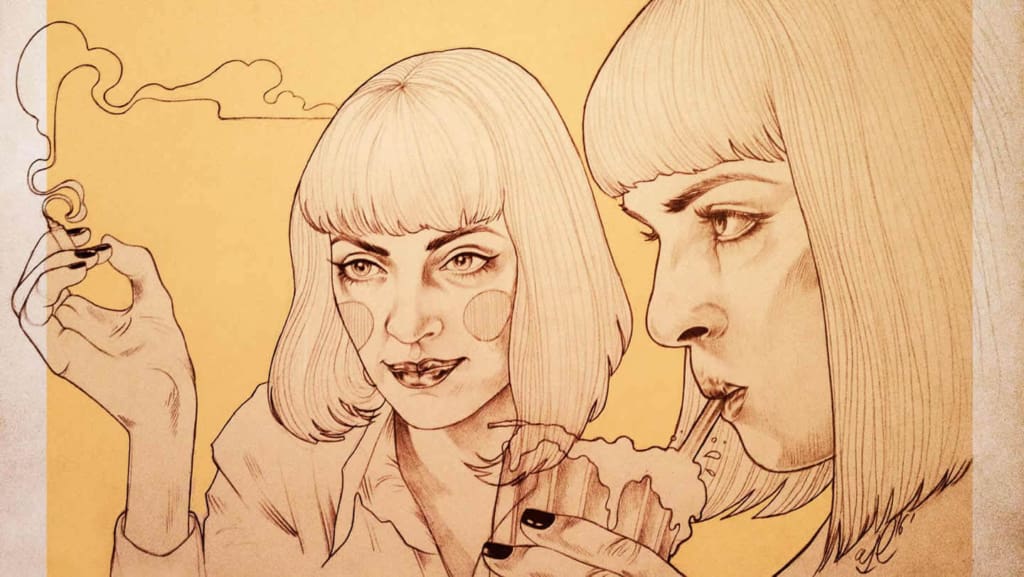
A graduate of the prestigious fashion illustration course at Falmouth College of Art, Liz Clements has been steadily growing her reputation as one of the most exciting illustrators currently working in the UK. Producing images from her Brighton flat, her sought-after work has graced the pages of Kerrang!, The Guardian, and The Metro and can be found adorning bedroom walls around the globe.
Working mainly in pencil and Photoshop, Clements has taken an eclectic group of influences and turned it into work that is both striking and highly unique. Taking conventional fashion illustration as a starting point, her images use soft, pastel tones, simple compositions and to create a neo-traditional feel for her work. However, the most distinct facet of her images must be the rich collection of tattoos that characterise each piece. Every one of her portraits are dripping with skin art, which speak in a garbled language of ’30s and ’40s sailor ink, ’80s metal logos and modern pop culture.
It’s probably no wonder then, that Clements is currently training to be a full-blown tattoo artist at Occult Tattoo Studio in Worthing. Despite her rapidly building status as one of the best new tattooists working in the UK, she still manages to juggle her busy illustration business, selling prints and taking commissions from all over the world.
How did you end up becoming an illustrator?
I’ve always been good at drawing, so illustration has always been a bit of an obvious choice. I was lucky enough to get a place at Falmouth College of Arts where I studied Fashion Illustration. It was such a great place to study, so many influential artists have come out of that uni.
A few years ago, I was working for a major book publisher, but I ended up being made redundant in the 2008 crash. This obviously meant that I had a lot of free time on my hands, so I decided to take a break from full time work and started drawing every day and did so for the best part of a year. I started a Facebook/Instagram/Twitter page focusing on alternative bespoke portraits and before long I found an agent and was running my own online print business out of my bedroom in East London.
A couple of years ago I moved down to Brighton, where I’ve been splitting my time between doing my illustration work and training to be a tattooist. Currently I sell prints online and take on editorial work and private commissions.
How would you describe your current style?
Well, I grew up in a house in Coventry that had a lot of Victorian and Edwardian art on the walls. This seems to have rubbed off on me a bit and I’m inspired by a lot of classical painters; Pre-Raphaelite and Art Nouveaux portraiture. I like to use the same sort of symbolism but give it a more contemporary aesthetic.
My other main inspiration is tattoo art. For thousands of years’ people have been using tattoos to convey messages and tell stories and it’s that quality that I really want to incorporate into my work. I think the recent popularity of tattoo culture has been one of the reasons my work has been getting such a good response.
At the moment, I’m splitting my time between working at a tattoo studio in Worthing and doing a variety of different illustration projects. I currently do a lot of editorial work which requires a quick turnaround so I’ve had to adapt my style a bit. Mostly I draw the images freehand and then colour them digitally on a Mac.
What’s the most important item you own?
Not being funny, but it has to be my iMac. It doesn’t sound very sentimental but it’s more than vital for my work. I honestly can’t do anything without it.
How did you go about setting up a home studio?
I just bought a desk and put my stuff on it! I don’t have a very complicated set up as all my images are hand rendered before the colour, so I don’t need a lot of space and I’m OK with quite a basic set up. I literally just bought myself an iMac and a scanner and that was it.
I think that all you need is a space that is comfortable and some cool stuff to do nearby if you need a break, and you’re good to go basically.
What’s more important in a workspace – for it to be inspirational or functional?
While inspiration is important, in my opinion functionality must be the main component of a studio or workspace. Hands down. I mean, it’s great if your space is beautiful, but if you can’t work there, then what’s the point?
What’s the major advantages and disadvantages of working from home?
For me, the main advantage of having my own space is being in control of my own schedules/deadlines. Drawing is never a linear process, so it’s cool to be able to work at your own pace to my own timetable. Also, I don’t have to deal with commuters and I don’t have to get up at the crack of dawn which is nice.
I suppose the major downside to working from home is that do end up in your own little world a bit. Constantly doing your own thing can leave you can a bit out of sync with the world if you’re not careful. That being said, I was never really suited to the community of an office job but I know that a lot of freelancers miss it.
How do you best make use of your space?
Loads and loads of shelves. It’s important for me to have things easily to hand, especially as I find it annoying if I constantly have to look for stuff.
Is there one piece of equipment that would make your life easier?
My own printing studio! I spend so much of my time making prints, packaging them and sending them out, anything I can do to make that process a lot more efficient would be a bonus.
More about Liz Clements
- Follow Liz on Instagram
- Follow Liz on Facebook
- View more of Liz’s illustrations
- For tattoo commissions, visit Occult Tattoo
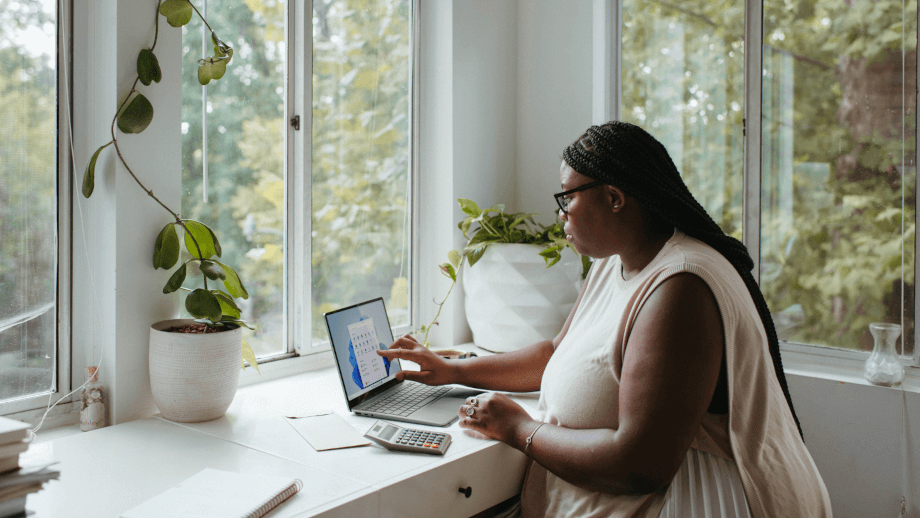
Get a home insurance quote online
Get a quote online in less than 10 minutes*
